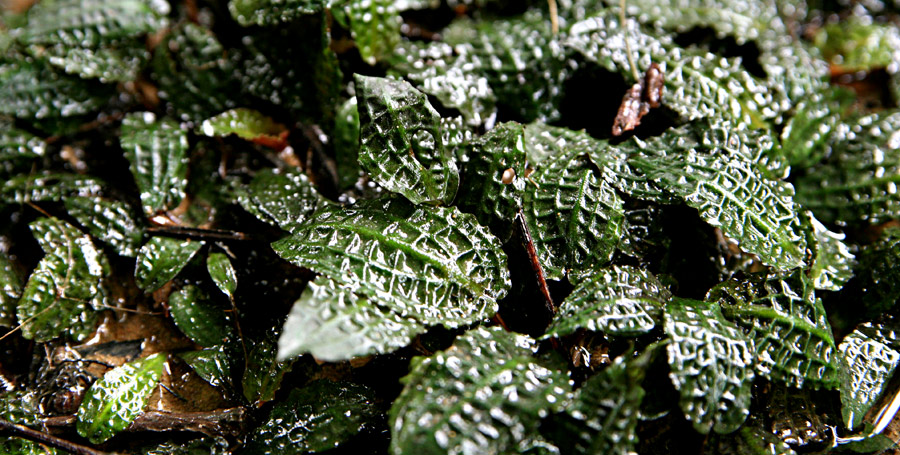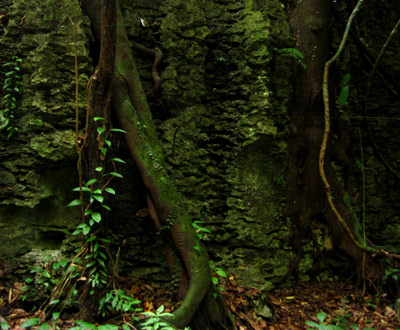Cryptocoryne affinis
In July 1893 Joseph Dalton Hooker registered this plant's name as Cryptocoryne affinis. The meaning of affinis comes from Latin, meaning ‘related'.
Hooker was a British botanist who went to India and brought the Rhododendron back to Britain where it became a popular garden plant. In 1865 he became the curator of The Royal Botanical Gardens of Kew in London.
Cryptocoryne affinis grows in streams in Central Malaysia, Pahang, Perak, Kelantan and the medium lowlands. Cryptocoryne affinis has a tendency to grow in limestone areas. The streams that it grows in are usually medium-hard water and contain calcium.
The PH of the water is between neutral and alkaline. The leaves grow bigger when it's in a sunny spot under running water which supplies it with enough oxygen.
In the dry season, the water level goes down so the plants are exposed to the air. When this happens, emergent leaves grow quicker than usual. Emergent leaves are thicker than its submerged leaves, and the central veins, lateral veins and veinlets of the leaves become more prominent. The mesophylls become sunken and the edge of the leaves are undulate. Also the emergent leaves don't grow as big as the submerged leaves. The submerged leaves have a smoother surface and grow longer in shape so as to adapt to the flow of the water. These are also brown in colour as opposed to the green emergent leaves.
The stocks of this type of crytocoryne are consistent and don't vary much. The pedicel and tube of the cryptocoryne affinis are quite long when it blooms toward the end of the rainy season and all through the dry season. A long period of blooming is a characteristic of this type of cryptocoryne.





